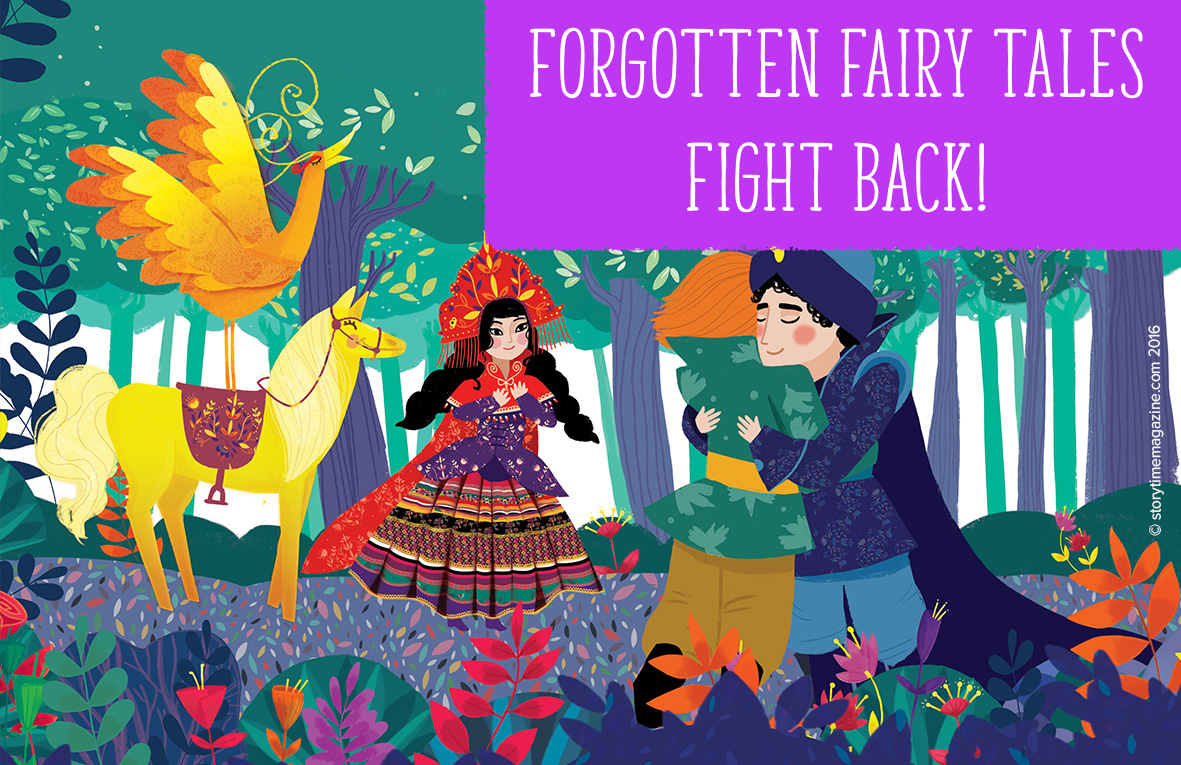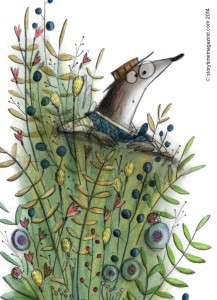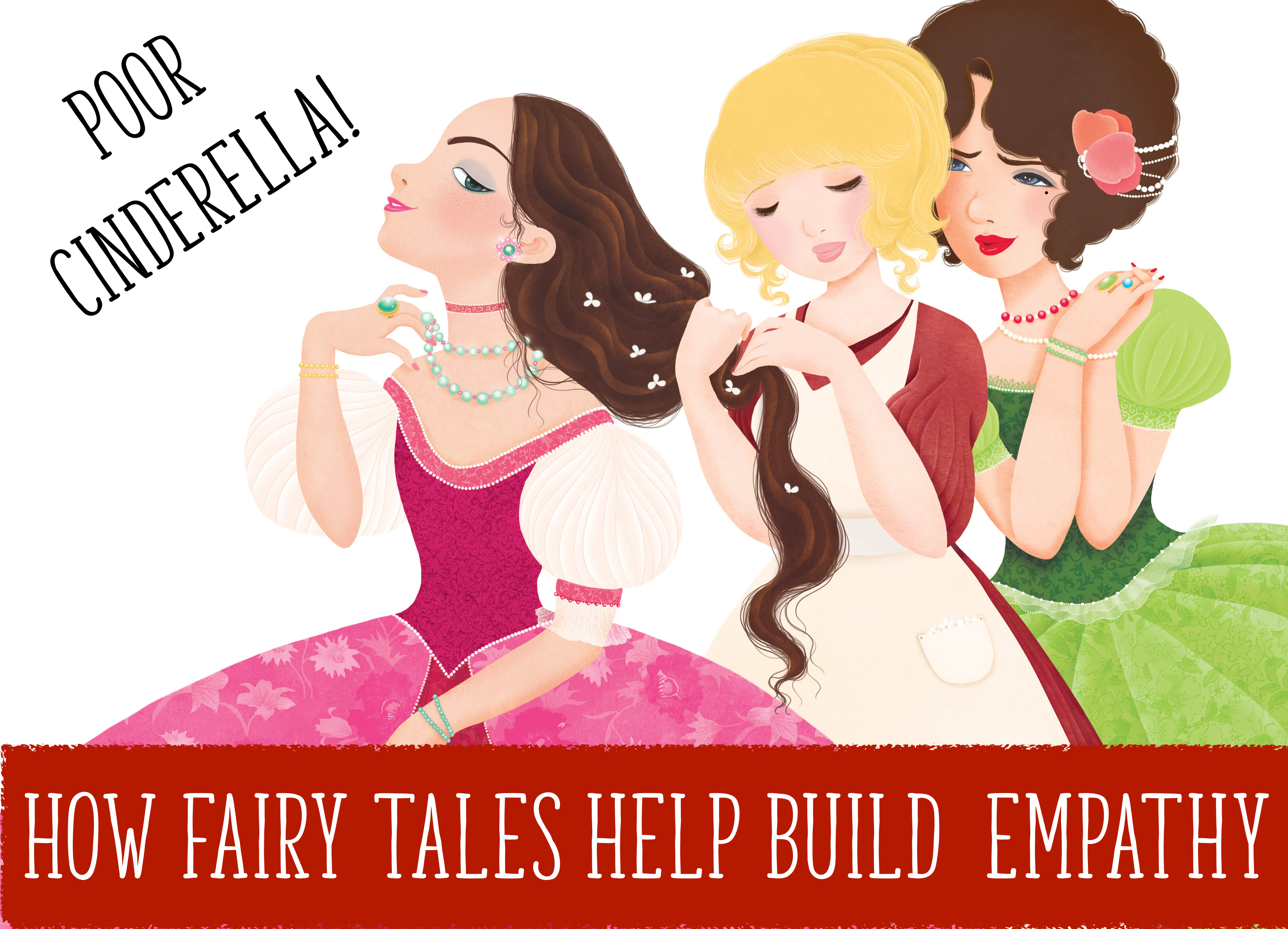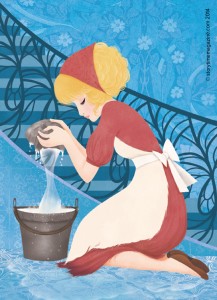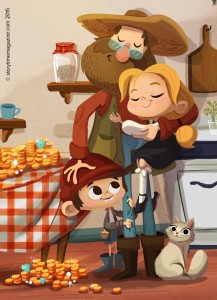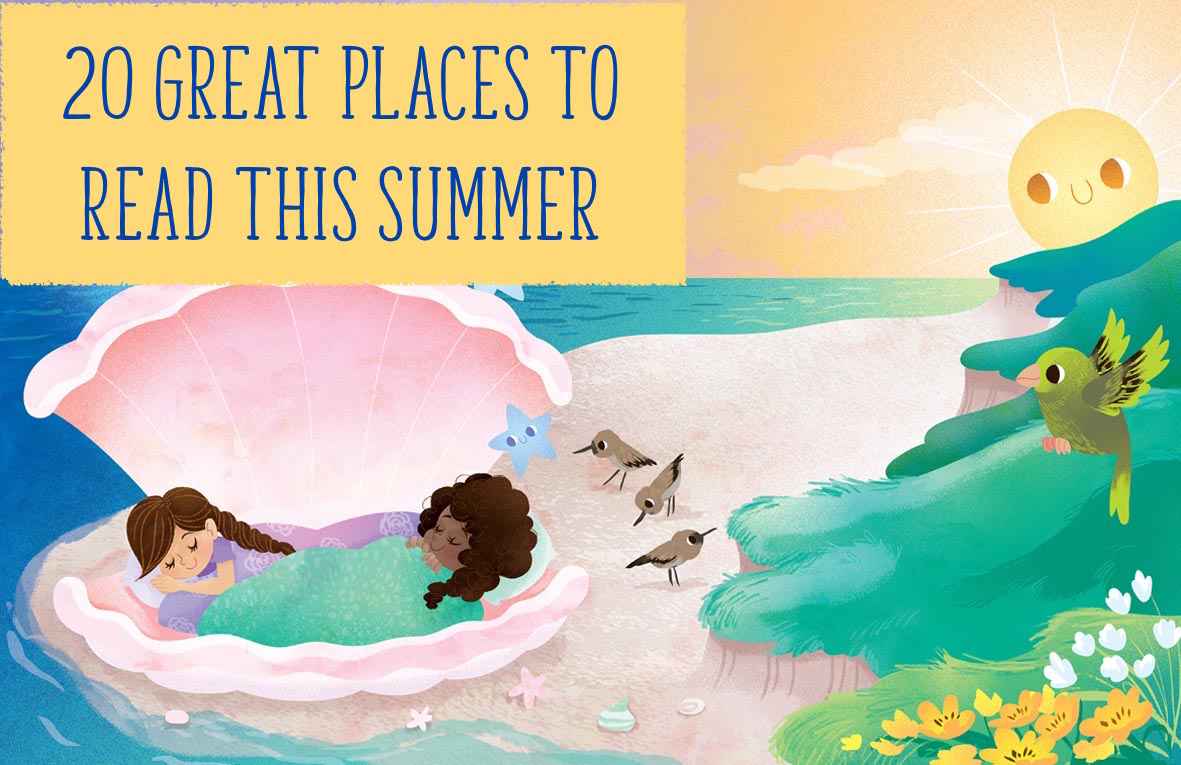 To many of us, the summer holidays mean freedom from and rebelling against the routine, rigidity and structured learning of the school environment. They mean all play and no work and, very often, no reading too.
To many of us, the summer holidays mean freedom from and rebelling against the routine, rigidity and structured learning of the school environment. They mean all play and no work and, very often, no reading too.
It’s a shame because all the progress made over the school year is put on hold and sometimes even forgotten. For some children, it’s a case of one step forwards, two steps back by the time they get back to school – especially when it comes to literacy. In literacy circles, it’s known as the ‘reading dip’.
So here’s another way to look at your summer holidays, instead of thinking of them in terms of “freedom from”, how about freedom to? The freedom to learn through play and the freedom to read whatever you like, whenever and wherever you like. No reading records to fill in, no comprehension homework, just reading for pleasure.
There’s no better time to do this than now and, to inspire you and keep reading as enjoyable as possible over the break, we’ve put together 20 great places to read this summer. You could read back issues of Storytime, your favourite books or comics, or anything you like – it’s summer, there are no rules, remember? You could even make this part of your local library’s Summer Reading Challenge – another inspiring initiative we love.
20 Great Places to Read this Summer
1. At the local playground, especially on a swing
2. On the beach
3. Under a tree, in the woods
4. In a tent or woodland den
5. In a garden
6. In an indoor tent
7. By the pool
8. In a playhouse or treehouse
9. In the car or on a plane
10. At a picnic
11. At the library
12. In a gallery or museum
13. In a café
14. In your favourite chair (see our favourite Storytelling Chairs here)
15. By a window with a view that fires up your imagination
16. By a campfire in torchlight
17. Under a blanket
18. On a hill
19. In a bookshop
20. At your friend’s house
See how many of these great reading locations you can tick off our list this summer.
We hope it inspires you to keep reading alive over the holidays and, most importantly, we hope you enjoy every second of it. Finding fun places to read isn’t just good for making happy holiday memories – it might just put your child one step ahead when they return to school in August or September.
If you try out any of our 20 great places to read this summer, share your pictures with us on Twitter or Facebook. We’d love to see them!
Happy summer reading!
